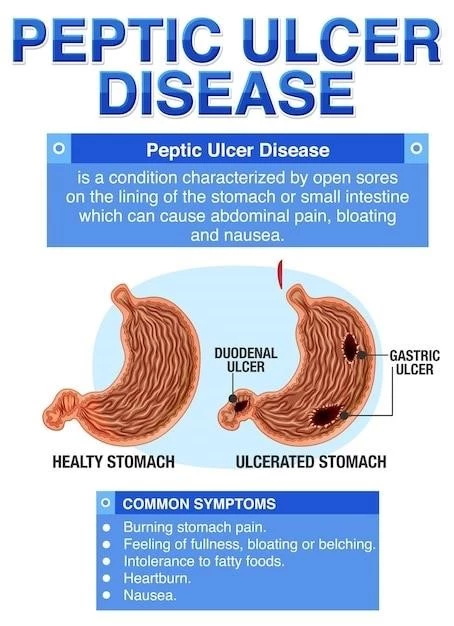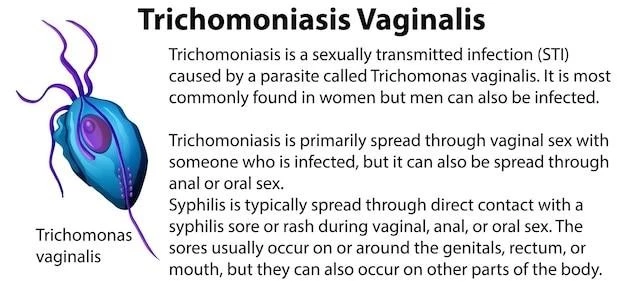Introduction to Primary Ciliary Dyskinesia (PCD)
Primary ciliary dyskinesia, or PCD, is a rare disease affecting the tiny, hairlike structures called cilia that line the airways. PCD primarily affects the sinuses, ears, and lungs, often presenting with respiratory problems from birth. The severity and symptoms of PCD can vary widely among individuals.
Primary ciliary dyskinesia (PCD) is a rare genetic disease that affects motile cilia throughout the body, leading to impaired mucociliary clearance. This condition often presents with chronic respiratory infections from an early age, impacting the upper and lower respiratory tract, sinuses, ears, and reproductive organs. PCD is typically diagnosed through complex tests due to the variety of clinical presentations and lacks a gold standard diagnostic test, posing challenges in timely identification. The dysfunction of cilia in PCD can result in mucus and bacteria retention in the respiratory tract, contributing to recurrent infections and respiratory complications. Understanding the underlying genetic causes of PCD is crucial for accurate diagnosis and management of this complex condition.
Overview of PCD
Primary ciliary dyskinesia (PCD) is a rare genetic disorder impacting motile cilia, crucial for respiratory health, with a prevalence of around 1 in 16,309. PCD leads to chronic upper and lower respiratory tract infections due to impaired ciliary function, affecting various organs like the sinuses, ears, and lungs. The diagnosis of PCD remains challenging due to the lack of a gold standard test, necessitating a multifaceted diagnostic approach.
Symptoms and Presentation of PCD
Individuals with Primary Ciliary Dyskinesia (PCD) commonly display symptoms of chronic respiratory infections, such as persistent cough, wheezing, and recurrent sinusitis. Patients often experience nasal congestion, ear infections, and bronchiectasis, leading to frequent hospitalizations. Moreover, PCD can manifest as fertility issues in adults due to ciliary dysfunction in reproductive organs. Early diagnosis and proper management are essential in alleviating the respiratory complications associated with PCD.
Diagnostic Challenges in PCD
Diagnosing Primary Ciliary Dyskinesia (PCD) presents significant challenges due to the lack of a definitive diagnostic test. While standard tests like transmission electron microscopy are commonly used, they may not always yield accurate results. The absence of a gold standard reference test complicates the diagnostic process, necessitating a comprehensive evaluation combining clinical presentations, genetic testing, and specialized investigations to ascertain a precise diagnosis of PCD.

Genetic Causes and Inheritance of PCD
Primary ciliary dyskinesia (PCD) is an inherited disorder affecting motile cilia, essential for respiratory health. With a prevalence of about 1 in 16,309 in Hispanic populations, PCD demonstrates autosomal recessive inheritance. While specific genetic mutations like RSPH4A c.9213_9216del are found in certain populations, the comprehensive understanding of ciliary dysfunction in PCD remains under study due to genetic complexities.
Understanding the Genetic Basis of PCD
Primary ciliary dyskinesia (PCD) is an inherited disorder affecting motile cilia due to genetic mutations impacting ciliary structure and function. The genetic complexity of PCD, including various mutations like RSPH4A c.9213_9216del, contributes to the challenge of understanding the precise genetic basis underlying ciliary dysfunction. Further research is needed to elucidate the full spectrum of genetic alterations associated with PCD.
Autosomal Recessive Inheritance Pattern
Primary ciliary dyskinesia (PCD) follows an autosomal recessive inheritance pattern, meaning that individuals must inherit two copies of the defective gene to manifest the condition. With a prevalence reported to be around 1 in 16٫309 in Hispanic populations٫ PCD demonstrates genetic complexities٫ including specific mutations like RSPH4A c.9213_9216del٫ affecting ciliary function across various organs.
Impact of PCD on Respiratory Health
Primary ciliary dyskinesia (PCD) significantly affects respiratory health due to compromised mucociliary clearance, resulting in recurrent infections and progressive lung function decline. While sharing similarities with cystic fibrosis in respiratory complications, PCD often presents milder clinical outcomes. The impaired ciliary function in PCD leads to challenges in airway defense and exacerbates respiratory symptoms.
Effects of Ciliary Dysfunction on Mucociliary Clearance
Ciliary dysfunction in Primary Ciliary Dyskinesia (PCD) profoundly impacts mucociliary clearance, leading to impaired airway defense mechanisms. The compromised clearance of mucus and bacteria due to defective cilia function contributes to recurrent infections and chronic respiratory issues. The dysfunction of cilia in PCD results in the inadequate expulsion of pathogens and debris, exacerbating respiratory complications.
Respiratory Complications Associated with PCD
Respiratory complications in individuals with Primary Ciliary Dyskinesia (PCD) are notable for recurrent infections, impaired airway clearance, and deteriorating lung function. The compromised clearance of mucus and pathogens due to dysfunctional cilia contributes to chronic sinusitis, bronchiectasis, and otitis media. These respiratory challenges often lead to frequent hospitalizations, exacerbating the burden of disease in individuals with PCD.

Treatment and Management of PCD
Management strategies for Primary Ciliary Dyskinesia (PCD) focus on symptom relief, preventing respiratory infections, and preserving lung function. Current approaches include airway clearance techniques, antibiotics for infections, and respiratory therapies like chest physiotherapy. Multidisciplinary care involving pulmonologists, otolaryngologists, and physiotherapists is essential for comprehensive management of PCD.
Current Approaches to Treating PCD
In managing Primary Ciliary Dyskinesia (PCD), current approaches focus on alleviating symptoms, preventing infections, and preserving lung function. Treatment strategies include airway clearance techniques, antibiotics for infection control, and chest physiotherapy to improve mucus clearance. A multidisciplinary care team involving pulmonologists, otolaryngologists, and physiotherapists is vital for effective management of PCD.
Multidisciplinary Care for Patients with PCD
Patients with Primary Ciliary Dyskinesia (PCD) benefit from comprehensive multidisciplinary care involving specialists such as pulmonologists, otolaryngologists, physiotherapists, and genetic counselors. This collaborative approach ensures holistic management of PCD, addressing respiratory symptoms, coordinating treatments, and providing genetic counseling for affected individuals and their families. The integrated care offered by a multidisciplinary team aims to optimize outcomes and quality of life for individuals living with PCD.
